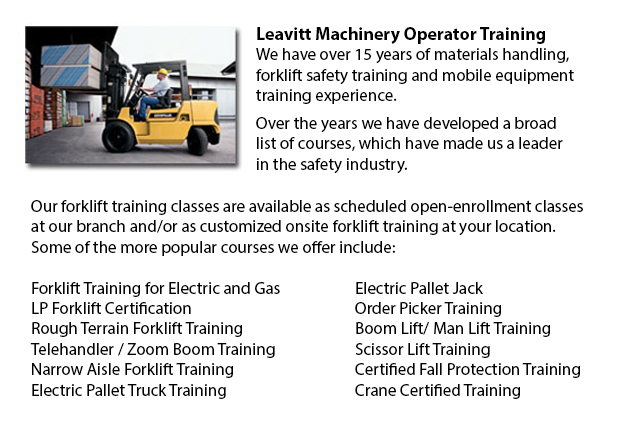
Pallet stackers are a style of pallet jack that might be utilized to stack, transfer and lift cargo positioned on a pallet that are far too burdensome for manual lifting. Mainly these mechanisms are utilized to load and unload cargo from trucks and to move pallets from one location to another within a stockroom of stockroom space. Most pallet stackers are built of heavy duty materials to endure extreme weights. Pallet stackers are sometimes referred to as pallet jacks. They may be operated from a seated, upright or walk-behind position. Pallet jacks are separated into manual and powered styles.
Some fundamental items comprise the pallet stacker. There are forks which slide beneath a pallet, capable of moving and lifting it to a desired height. The motor compartment or casing houses the gas-run, electronic or hydraulic equipment that powers the machine.
Manual pallet jacks are hand-powered. They run hydraulically to make hauling heavy pallets an easier task. Typically a walk-behind model meaning they are utilized by pulling and pushing the stacker to its preferred location. Using a foot pedal or handle raises the stacker’s forks. Squeezing a handle or trigger returns the forks to the floor. These designs of pallet stackers are perfect for lighter loads of up to approximately 1 ton or 907.18 kg.
Most stackers may accommodate the raising of heavy weights to around 5 tons with either the gas or electric machines. They are physically less demanding to work than the manual versions due to the hydraulic power that lifts and lowers the forks. These styles are steered by rotating the handle in a particular direction. There is a button on the handle that operates to lift and lower the forks. A throttle set up on the stacker’s grips moves the appliance forward and in reverse. This style of equipment is regularly referred to as a lift truck and is operated from a sit-down position.
As the fork width, load maximum and lift peak fluctuate dramatically between different models, selecting the right pallet stacker to fit the activity is critical. Some stacker’s lift height may permit multiple pallets to be stacked, while others might only tolerate two at a time. Some types of these hoists feature an changeable fork in order to allow the stacker to slide beneath pallets of atypical sizes and shapes. Multiple fork models might be quite successful when different varieties of pallets are being utilized in the same stockroom.
-
Aerial Lifts
Aerial hoists can be utilized to accomplish certain distinctive tasks done in hard to reach aerial spaces. A few of the odd jobs associated with this type of jack include performing daily maintenance on buildings with prominent ceilings, repairing te... More -
Nissan Forklift
Nissan takes great pleasure in achieving complete consumer satisfaction, when their client is experiencing one of their numerous products including cars, trucks, and forklifts. Nissan Motor Co. Ltd is the parent company to Nissan's Forklift division.... More -
Boom Trucks
A boom truck is frequently recognized by the cable and telephone company vans that have the extended arm folded over their roofs. Commonly, a bucket-like equipment sits at the extension of extendable arms. Sometimes labeled a cherry picker, or an aer... More -
Scissor Lifts
The scissor lift or table lift, is a mechanical industrial lift that has been customized to be utilized in retail, wholesale, manufacturing and production environments. Industrialized scissor lifts have been used predominantly within production and m... More -
Crown Forklift
More

Forklift Training Vernon
TOLL FREE: 1-888-254-6157
Vernon, British Columbia
forklifttrainingvernon.com
Email Us
About Us


